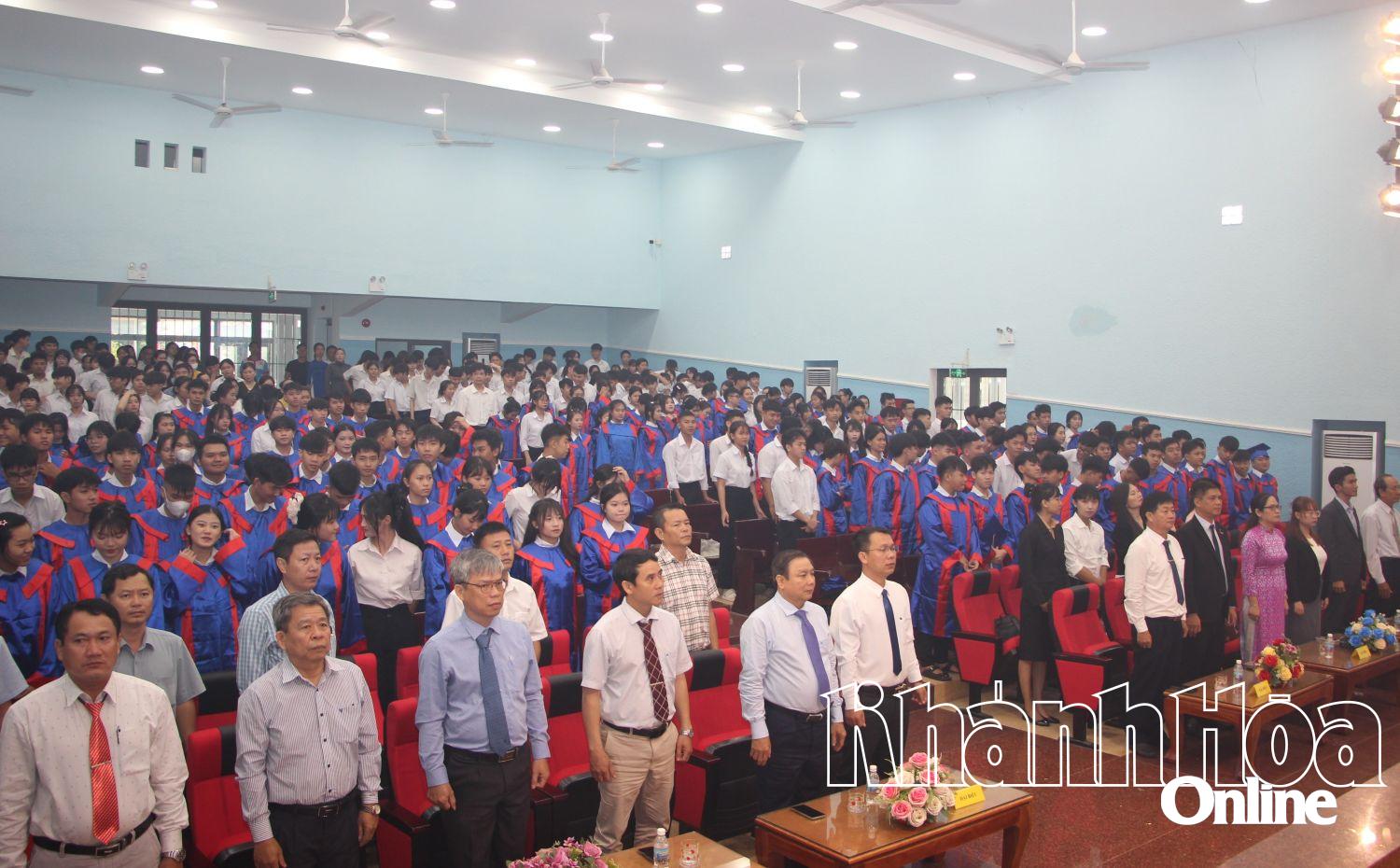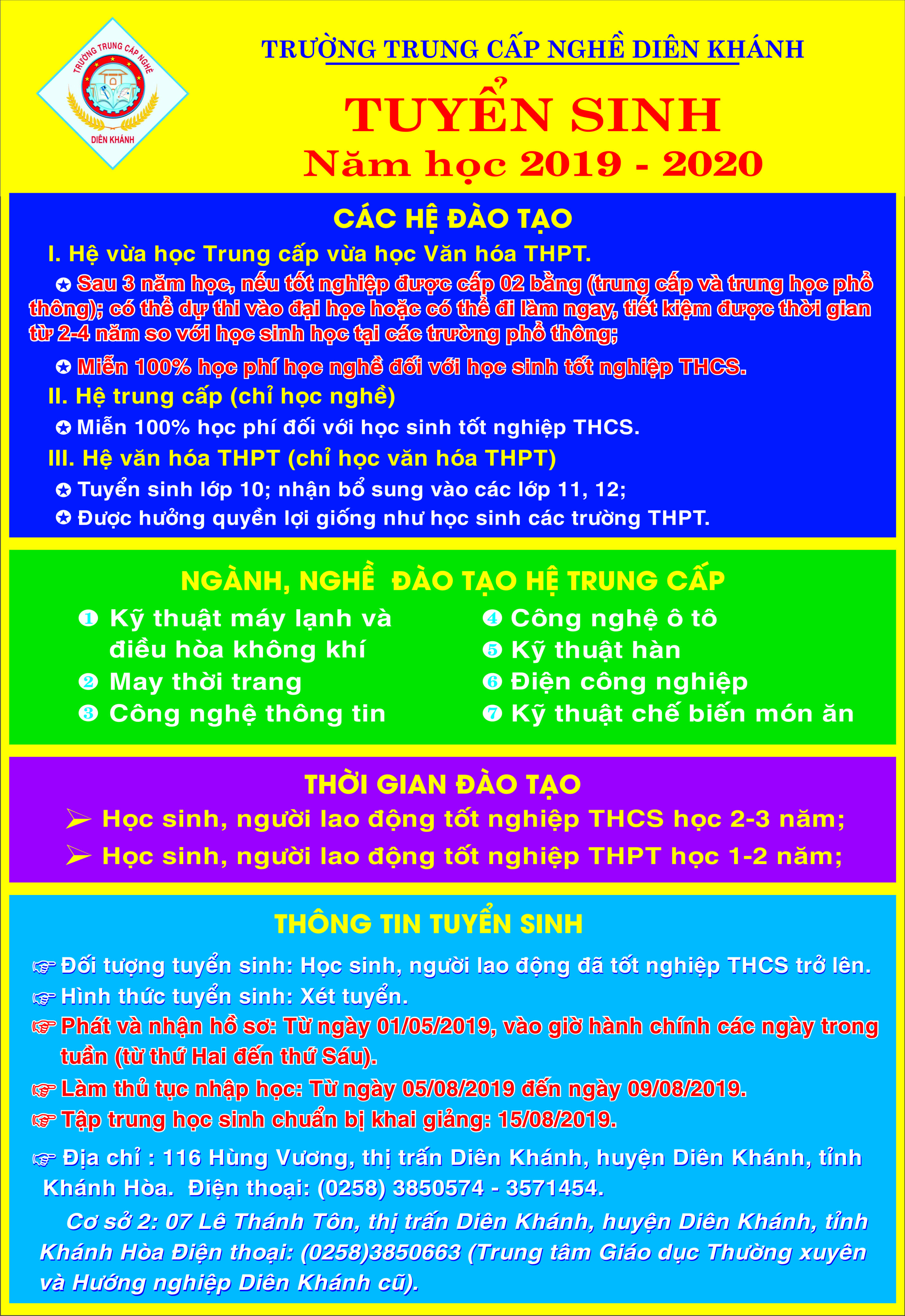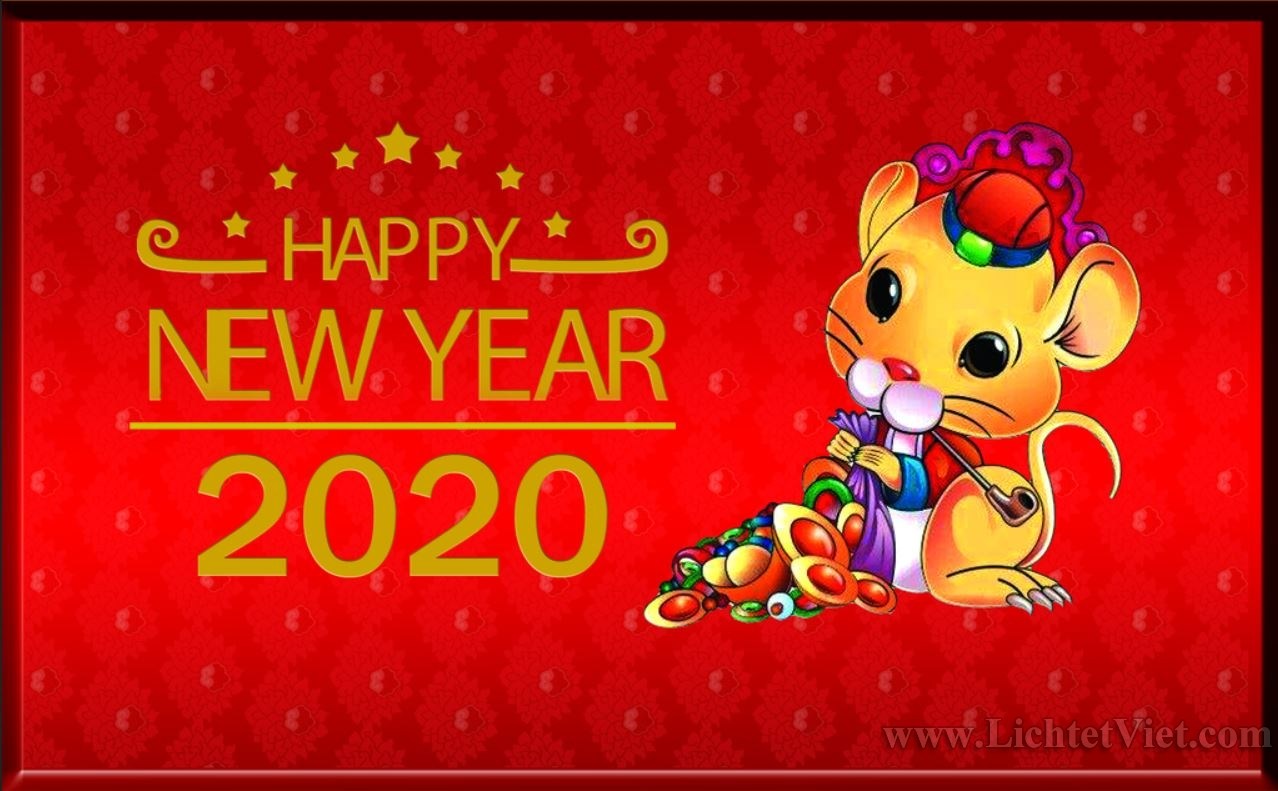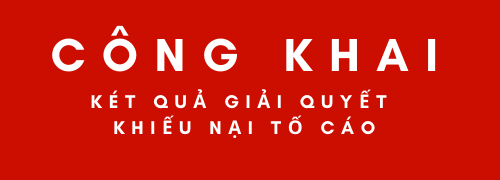First VR Casino in Eastern Europe: Lessons for Canadian Players Post‑COVID
It still catches me off guard when technology in gambling leaps forward faster than most of us expect. The launch of the first fully‑immersive VR casino in Eastern Europe wasn’t just a flashy headline — it’s a signal that remote gaming is shifting again, much like it did during COVID lockdowns. For Canadian players, the implications go beyond curiosity. This new wave connects straight to changes we lived through when brick‑and‑mortar play shut down and Interac‑friendly, browser‑based rooms saw a surge. But a VR build isn’t just about visuals — it challenges how licensing, payments, and player trust are handled in a virtual lobby.
The provincial patchwork here in the True North means we have to filter any offshore hype through the lens of our own rules. Ontario’s iGaming Ontario (iGO) sets a higher compliance bar for operators targeting its residents, while the rest of Canada mixes provincial monopolies with familiar grey‑market brands. That framework defines whether Canadians can actually access a VR casino without breaking terms. It’s why during the pandemic, many bettors from coast to coast leaned on platforms like fcmoon-casino, where tech and payouts suited a Canadian rhythm.

COVID’s Fast‑Forward Effect on Online Gambling in Canada
The months of stay‑at‑home orders acted like a turbo button for online play. VLTs in bars gathered dust, while home setups became the new casino floor — laptop balanced next to a Double‑Double from Tim Hortons, TSN on mute while you test a fresh slot release. Payment habits shifted too. Interac e‑Transfer and Instadebit became the default for Canucks who wanted CAD‑native deposits without FX hits, while crypto wallets offered a tempting mix of speed and privacy. The move to digital didn’t just fill a gap; it created permanent comfort with remote play, which sets the stage for VR adoption. And after you’ve spent an entire winter spinning Mega Moolah from your couch, a headset‑based blackjack table feels less far‑fetched.
This shift also re‑trained players on reading the fine print. Wagering rules, withdrawal caps, and geolocation clauses became kitchen‑table topics, especially when KYC stalls delayed much‑needed cashouts. The extra scrutiny made platforms that were upfront about C$ limits and matched deposits — such as some that follow the model of fcmoon-casino — more attractive, especially to recreational players who treat wins as windfalls.
VR Casinos: What Eastern Europe’s Launch Means for Us
In Eastern Europe, regulators allowed a VR casino to operate much like a live studio, but with avatar‑based seating and interactive mechanics. That means a Canadian walking in virtually could see and talk to other punters, gesture to a dealer, or stroll to a sports lounge without leaving the headset view. For some, that’s immersive; for others, it raises flags about data handling, player isolation, and whether reality‑check popups still work when you’re mid‑VR. Our own VR experiences in other industries have shown how easy it is to lose track of time — a detail responsible gaming advocates here will watch closely.
If Interac deposits route seamlessly into a VR wallet, and withdrawal limits stick to the familiar C$5,000/week tier, interest from Canadian punters could spike — especially around holidays like Boxing Day when big sports events already draw high action. But headset adoption costs and bandwidth needs make it a niche for now, where stable connections on networks like Rogers or Bell become as crucial as RTP or seat availability.
Quick Checklist for Canadian Players Exploring VR Gambling
- Confirm licensing — Ontario players should check iGO; ROC players need to verify offshore credentials (Kahnawake, MGA, etc.).
- Test payment compatibility — Interac e‑Transfer, Instadebit, and crypto should be CAD‑friendly.
- Check C$ limits — deposits, withdrawals, and daily play budgets.
- Ask about session controls — reality checks and self‑exclusion within VR modes.
- Assess hardware needs — headset specs, internet speed, and ergonomic setup.
Common Mistakes and How to Avoid Them
- Ignoring jurisdiction — Play from Ontario on an unlicensed offshore VR site and you risk account closure.
- Overlooking FX — Depositing in EUR when CAD is an option incurs needless fees.
- Skipping KYC — VR novelty won’t bypass ID requirements; delays can still hit withdrawals.
- Under‑estimating time — VR immersion can cause bankroll overspend; set hard limits.
- Assuming bonuses are VR‑friendly — Many promos exclude new tech channels until tested.
Comparing Traditional Online vs. VR Casino Experience
| Feature | Traditional Browser Casino | VR Casino |
|---|---|---|
| Interface | 2D menus, click navigation | Immersive 3D, gesture controls |
| Social Interaction | Chat windows | Avatar presence, voice chat |
| Hardware | Laptop/mobile | VR headset + PC/console |
| Payment Integration | Established Interac, cards, crypto | Dependent on VR platform devs |
| Regulatory Clarity | Well‑mapped for Canada’s provinces | Emerging, needs case‑by‑case checks |
Mini‑FAQ
Can Canadians legally access Eastern Europe’s VR casino?
Ontario players must stick to iGO‑licensed sites; the rest of Canada can use offshore options if terms allow, but check provincial restrictions.
Will VR casinos support Interac?
Likely via existing payment processors — if a partner site like fcmoon-casino can integrate it, VR could follow suit.
Are VR gambling winnings taxable in Canada?
No, recreational wins remain tax‑free under CRA rules, regardless of format. Professional gambling income may be treated differently.
19+ in most provinces (18+ in Quebec, Alberta, Manitoba). Gambling should be treated as entertainment; for support, contact ConnexOntario at 1‑866‑531‑2600 or visit PlaySmart.ca.
Final Thoughts for the True North
The VR launch in Eastern Europe shows how quickly novelty can become a real market segment. For Canadian punters, the bridge from pandemic‑era browser play to headset immersion will depend on provincial licensing, CAD‑friendly payment rails, and whether responsible gaming tools keep pace with immersion. A VR blackjack table might never replace the feel of a Saturday at a live room in Leafs Nation territory, but for a generation already comfortable with digital wagers, it’s a natural next trial — just like shifting to fully online play was during COVID’s first wave.
If nothing else, this evolution reminds us that tech and trust have to rise together; headset visuals mean nothing if payouts falter or limits vanish mid‑session. Read the terms, calibrate your setup, and keep the bankroll grounded in reality — whether you’re in The 6ix or logging in from the Prairies.


























